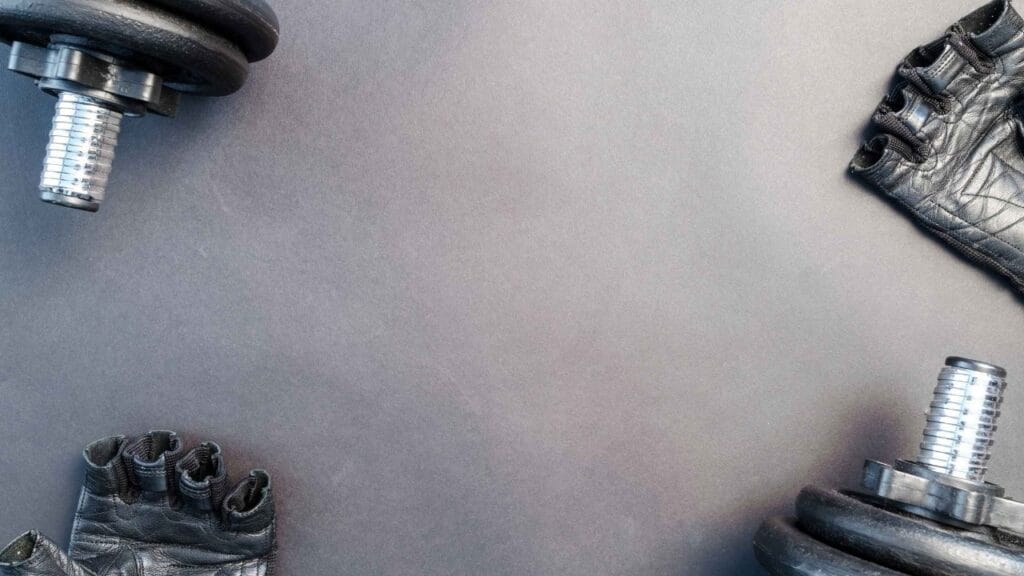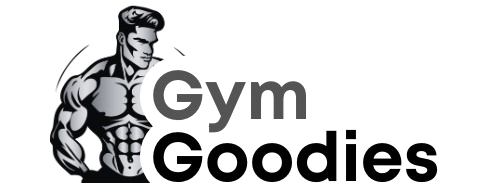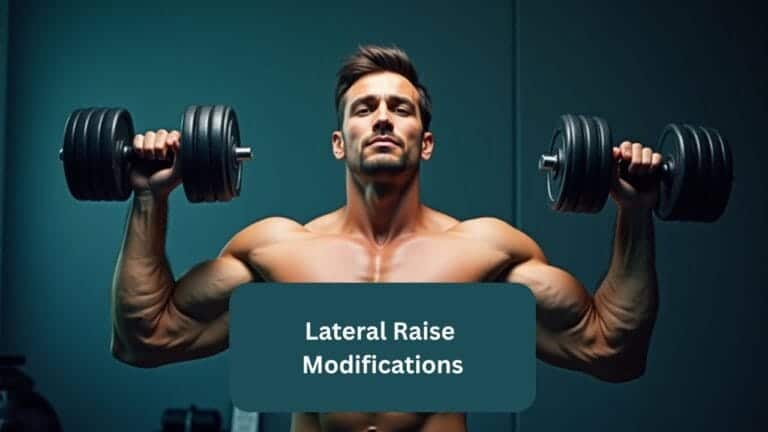Lateral Raise: Bent Arms vs. Straight Arms(Which is Better for Shoulder Development?)

Ever feel like no matter how many lateral raises you do, your shoulders just won’t grow? You’re not alone. Many lifters struggle with stubborn delts, often because of one tiny but crucial detail: arm positioning.
Bent-arm lateral raises allow for heavier loads and reduced joint strain, making them ideal for building strength and minimizing injury risk. Straight-arm raises, on the other hand, offer greater isolation of the lateral deltoid, enhancing muscle definition and control.
When it comes to sculpting well-defined shoulders, lateral raises are a staple in many fitness routines. However, the debate between using bent arms versus straight arms during this exercise continues to spark discussions among fitness enthusiasts and professionals alike. Understanding the nuances of each variation can help you tailor your workouts to achieve optimal shoulder development.
Should you keep your arms perfectly straight or allow a slight bend? The answer isn’t as simple as you might think, but by the end of this guide, you’ll know exactly which variation works best for your shoulders.
Related: Push vs. Pull Exercises: How to Train Your Upper Body Effectively
The Problem: Why Your Lateral Raises Aren’t Working
The truth? Both bent-arm and straight-arm raises have unique benefits, but most people use the wrong one for their goals.
Many lifters assume that straight-arm lateral raises are the “purest” form, targeting the side delts more directly. Others swear by a slight bend, believing it reduces strain on the elbows and joints. But here’s what’s really happening:
- Straight-arm raises increase tension on the lateral deltoid but also engage more of the trapezius and rotator cuff.
- Bent-arm raises (with a 20–30° bend) reduce joint stress while maintaining muscle activation, making them better for longevity.
Client Case Study: *Daisy, a competitive powerlifter, thought her shoulders were genetically weak, until we switched her to bent-arm raises. Within 8 weeks, her shoulder pain disappeared, and her delts grew noticeably.*
The Hidden Factor Everyone Overlooks: Scapular Control
Your shoulder development isn’t just about arm angle, it’s about how well you stabilize your shoulder blades.
A 2024 study in the Journal of Strength and Conditioning Research found that poor scapular control during lateral raises shifts tension away from the deltoids and onto the traps, limiting growth.
Actionable Tip: Before lifting, try this 2-minute drill:
- Stand tall, arms at your sides.
- Gently retract your shoulder blades (imagine holding a pencil between them).
- Maintain this position as you raise your arms, this ensures your delts do the work.
The “Straight Arms Are Always Better” Myth Debunked
Straight-arm raises aren’t wrong, they’re just incomplete for most lifters.
While straight arms do create a longer lever (increasing resistance), they also:
- Increase shear force on the shoulder joint (raising injury risk over time).
- Recruit more upper traps, which can overpower the side delts.
Visual Cue: Imagine your arms as ropes, if they’re too stiff (straight), the tension spreads. A slight bend keeps the load on the delts.
Step-by-Step Fix: Bigger, Stronger Shoulders in 6 Weeks
Follow this progression to maximize delt growth while minimizing joint strain.
Phase 1: Master the Bent-Arm Raise (Weeks 1–2)
- Prep: Use light dumbbells (5–10 lbs) to focus on form.
- Modify: If your elbows hurt, increase the bend slightly.
- Progress: Aim for 3 sets of 12–15 reps with controlled movement.
Phase 2: Introduce Straight-Arm Raises (Weeks 3–4)
- Prep: Only do these after warming up with bent-arm raises.
- Modify: If your traps take over, reduce weight and focus on scapular control.
- Progress: 2 sets of 10–12 reps, 2x/week.
Phase 3: Hybrid Approach (Weeks 5–6)
- Superset bent-arm and straight-arm raises for metabolic stress and muscle fatigue.
Which Should You Choose?
- For muscle growth (hypertrophy): Bent-arm raises (better tension on delts, safer long-term).
- For strength endurance: Straight-arm raises (higher metabolic demand).
- For joint health: Bent arms win, especially if you lift heavy or have shoulder issues.
Pro Tip: Rotate between both variations every 4–6 weeks to keep your muscles adapting.
Key Takeaways (For Featured Snippets)
Bent-arm lateral raises are better for most lifters, they protect joints while still growing delts.
Straight-arm raises increase resistance but raise injury risk if overused.
Scapular control is the secret to maximizing delt activation in any variation.
Conclusion
Both bent-arm and straight-arm lateral raises have unique benefits that can contribute to comprehensive shoulder development. Bent-arm raises facilitate heavier loads and reduced joint strain, making them suitable for strength gains and joint health. Straight-arm raises offer greater muscle isolation and definition, enhancing the aesthetic aspect of shoulder training.
By understanding the differences and incorporating both variations into your workout regimen, you can achieve balanced shoulder development, improved strength, and reduced injury risk. Always prioritize proper form and listen to your body to ensure safe and effective training.
Disclaimer:
It should be remembered that the information available at gymgoodies.net is constantly evolving and is up-to-date and authentic information on fitness, exercises, and health.
I am a veteran bodybuilder, considering I have been active in the industry for quite some time. I ensure that the content shared reflects the lessons I have learned in my years of training and working or all the exposure I have had.
That said, it must be understood that the information available on this portal is obtained through communication channels and is primarily for education and information. Some factors and changes occur, and the issues discussed in this website address such things.
Every piece of advice regarding fitness or health should be taken with caution.
You might need the assistance of fitness professionals, nutritionists, or doctors regarding your workout routine, diet, or fitness activity. Their advice should be personalized PPC, the guide you integrate into your routine, taking into account your specifications and requirements regarding your health and fitness.
This is key, considering our concern is your health and safety. Make sure you only use the data on the site to empower expert advice and nothing more.



